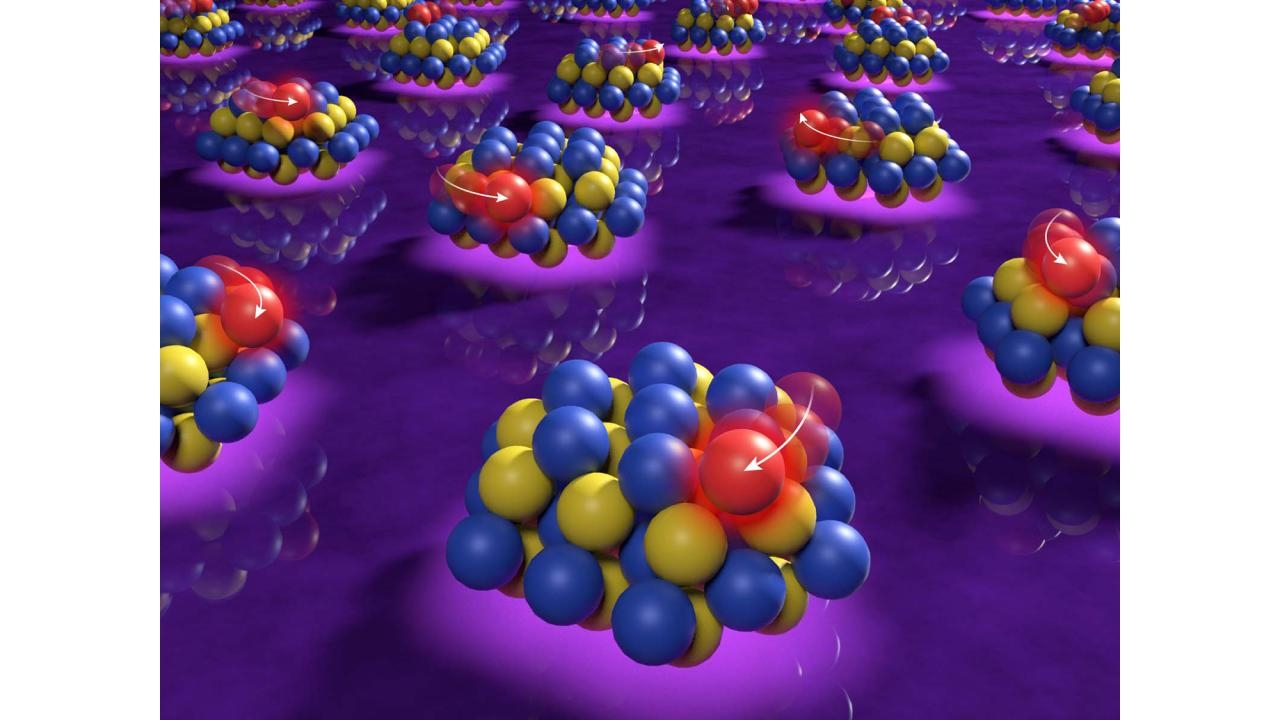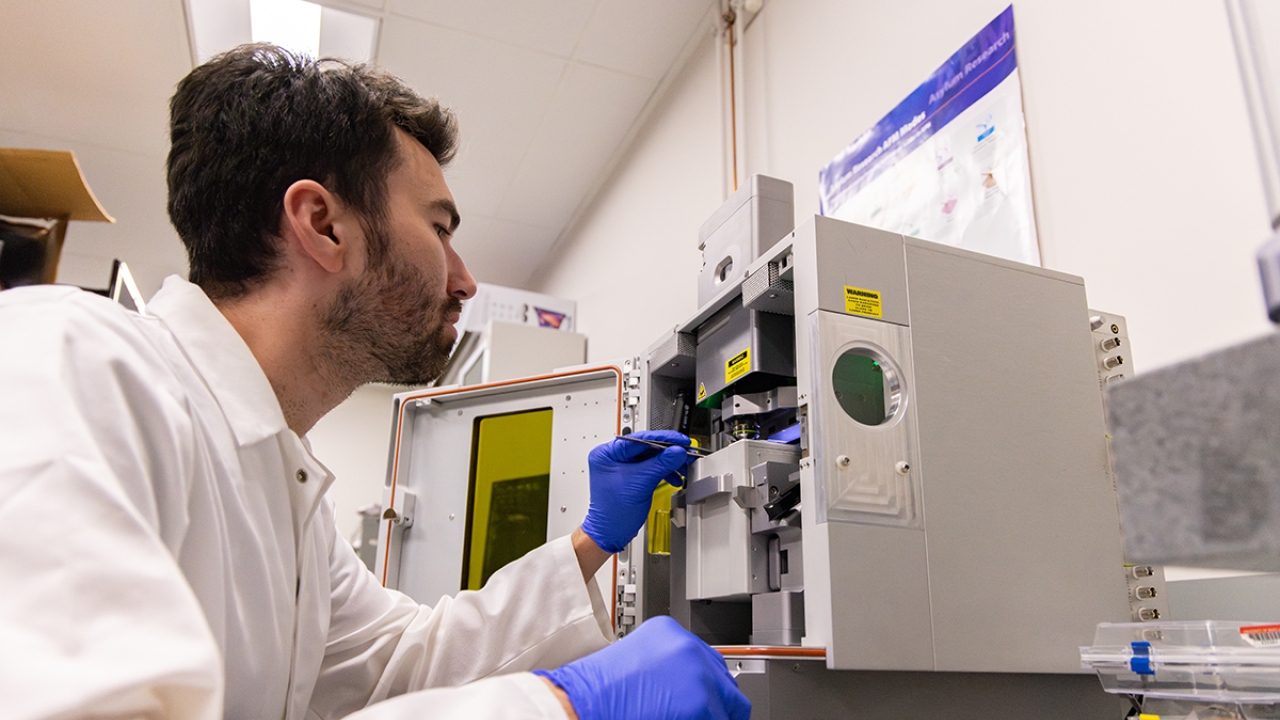
Nano-Sized Islands Open Possibilities for Application of Single-Atom Catalysts
A new method to anchor single atoms of platinum-group metals on nanometer-sized islands allows for efficient use of these expensive metals as catalysts for a wide variety of applications.
Reporting in the journal Nature, researchers including Distinguished Professor Bruce Gates, Department of Chemical Engineering at the University of California, Davis, showed that platinum atoms could be confined on small cerium-oxide islands within a porous material to catalyze reactions without sticking to each other, which has been a major stumbling block for their use. The study was led by Arizona State University Professor Jingyue Liu, Gates, and Washington State University Professor Yong Wang.
“The stabilization of precious metals to allow each atom to be a catalyst is a holy grail in the catalysis field,” said Wang, who is also a laboratory fellow at Pacific Northwest National Laboratory. “We are not only using the least amount of platinum group metals but are also making each atom much more reactive.”




